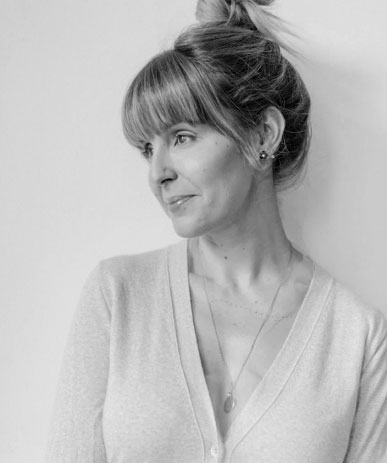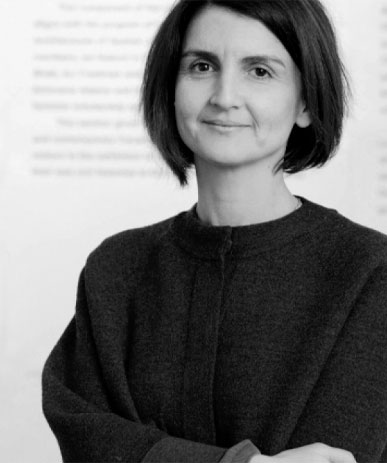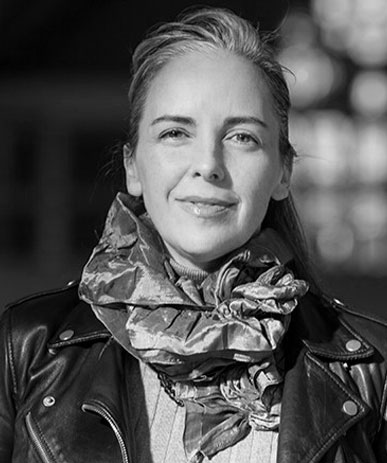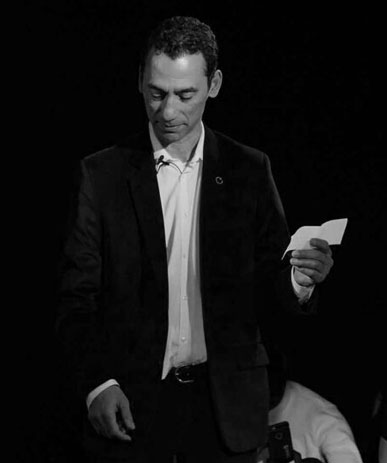CASE STUDIES
Restorative Justice
* For image references, please scroll to the bottom of the page.
Author of case study: Marcela Torres Molano
Geopolitical location of space:
601 5th Street SW
Calgary, Alberta
Extant? Yes
Architect:
Bill Chomik, Kasian Architecture and Interior Design
Yes, the court combines two separate systems: the Alberta Provincial Court and the Peacemaker process (restorative).
Yes, the circular shape of the room was designed to avoid having a judge sitting in front, and people sitting lower than the judge. It was designed based on a model of peacemaking circles to resolve conflicts, heal the offender and the victim, and restore relationships.
“[…] the circular shape is constructive for face-to-face communication by promoting a sense of equity and participation and consensus in discussions and decision-making.” Dr. Reg Crowshoe
Participants (judges, prosecutors, judicial clerks and peacemakers) are predominantly Indigenous.
It is an official court room part of the Alberta Court system.
“The dark wood panelling lining the entryway and courtroom itself announces the formality of the room and the gravity of its function.” (Scout, 2017). The space was designed with previous consultation with First Nations, Métis communities, representatives from the Tsuu T’ina Peacemaker Centre, as well as elders from various communities.
“Courtroom 1800, also known as the Aboriginal Courtroom, is unlike any other courtroom in the building. Indeed, it is unlike any other courtroom in the country.” (Scout, 2017). It is located in the Calgary Courts Centre (92,903 square meters), a building designed by NORR Architects and Engineers.The courtroom has a circular shape inspired by a beaver den. It is placed within the band office which is shaped like a beaver lodge. It uses the traditional symbols of the Tsuu T’ina Nation to represent the culture in the design. The circular room, with a conical form inspired by teepee architecture, allows healthy air circulation within the courtroom (smudging, sage or sweet grass, is part of the court process). “The designers modeled the courtroom on a ceremonial teepee in a circular structure that allows the release of smoke from a smudging altar in the centre.” (Wang, 2019).
Courtroom 1800 has a round granite hearth in the middle of a circle-patterned carpet and uses softer colours to create a comfortable and non-hierarchical space. The large round table can be removed and stored to allow participants to sit in a circle. The table is located on a carpet that depicts the medicine wheel, with the colours red, blue, yellow and white.
“Teepee pole motifs on the ceiling mimic the teepee’s structural poles radiating outward from the centre. The traditional smoke hole is represented by a huge fan that ventilates smoke from the occasional sweetgrass smudge.” Bill Chomik. The architects understood the importance of taking the Tsuu T’ina court’s experience into account. They worked in collaboration with First Nations and Métis communities, representatives of the Tsuu T’ina Peacemaker Centre, as well as elders from different communities.
The size and shape of the space were planned to be flexible for Aboriginal justice. The circular shape allows actors of the justice process (judges, lawyers, victims, the accused, elders, families and their supporters) to sit in an open circle and more importantly to communicate face-to-face. The room has an additional function as a classroom and meeting space three or four times a month. “We knew we wanted to build a space that held universal First Nations principles, and it had to be large and flexible enough to accommodate Aboriginal justice.” Bill Chomik. Courtroom 1800 is located inside of a concrete, steel and glass building that hosts 73 courtrooms, judicial chambers and other facilities. The structure includes many post-9/11 security features (Scout, 2017).
“I think this is a great opportunity to have a space where Aboriginal people can feel comfortable and feel that their identity, protocols and their ceremonies are being honoured.” Littlechild
Court opens Wednesday with a morning ceremony, to hear cases in the afternoon. “A peacemaking circle begins with a ceremony. It may be a traditional ceremony using sage or sweetgrass, a prayer, or just a simple statement that the circle is about to deal with an important matter” (in Maya, 2019). The clerks wear embroidered eagle feathers. The Tsuu T’ina Nation Court uses Courtroom 1800 on the first and third Friday of every month for hearings and sentencing circles.
Indigenous justice works to resolve the conflict, through truth-seeking, restoring of relationships, healing and restoring harmony. During a Circle hearing, each person speaks uninterrupted. The first time, people speak about what happened. The second time, each person explains how they were affected. The third time, they speak about what could be done. The fourth time, participants speak about agreements. Instead of having an impartial judge, participants work towards consensus in their discussions. A judge member of the First Nations Bar, is in charge of bridging the Euro-Canadian legal system with the First Nations communities. There is one Peacemaker coordinator and two Peacemakers, Elders. They work as witnesses to hold the trust and respect of the community.

is an author, speaker, columnist, and podcaster in the fields of architecture and decorative arts. She is completing her MA in Art History at Concordia University, Montréal, and holds a Bachelor of Commerce with a major in Marketing from John Molson School of Business. She studied Industrial Psychology in Los Angeles, California. Sicotte is the author of two published books on design (2015, 2018) published by Les Éditions Cardinal.

is a Colombian PhD candidate in the Department of Art History at Concordia University. She has a background in architectural design and community activism and holds a master’s degree in Building and Urban Design from the Bartlett School of Architecture in London, England. Her interests focus on socially-engaged art, social movements, collaborative activism in post-conflict scenarios, collectively-produced art, and art produced in relation to the built environment.

is a PhD candidate in Humanities at Concordia University. His research focuses on spatial agency, social aesthetics, youth narratives, and graphic representations of urban memory. He has published on the relationship between children, play, and public space in Cartagena, Colombia. He has also worked as an editor on literary projects, including Territorio Fértil, which received the María Nelly Murillo Hinestroza award for Afro-Colombian literature.

is Associate Professor and Canada Research Chair in Architectures of Spatial Justice (Tier 2) at the Peter Guo-hua Fu School of Architecture at McGill University, Montréal, Québec, Canada. Her research interests include low-income housing and participatory design, civil protest and urban design, and campus landscapes and race. Her publications include the co-edited book, Orienting Istanbul (2010) and solo-authored book, Istanbul Open City (2018).

is an artist and a professor of Art History at Concordia University. Her work focuses on women and the history of the built environment, urban landscapes, research-creation, and oral history. She has published on the spatial history of the suffrage movement, public art, gardens, and the politics of urban change. In addition to her research on the spaces of restorative and transitional justice, she is leading an oral history project on the urban memories of diverse Montrealers.

is Associate Professor in the Department of Theatre at Concordia University, Montreal (Quebec, Canada). He is also the second co-director of Concordia’s Centre for Oral History and Digital Storytelling. His latest publications explore listening in the context of post-conflict performances of memory. For instance, see ‘Facilitating voicing and listening in the context of post-conflict performances of memory. The Colombian scenario.’ In: De Nardi, S., Orange, H., et al. Routledge Handbook of Memoryscapes. Routledge: London. (2019), and his article ‘Not being able to speak is torture: performing listening to painful narratives’. International Journal of Transitional Justice, Special Issue Creative Approaches to Transitional Justice: Contributions of Arts and Culture. (March, 2020)